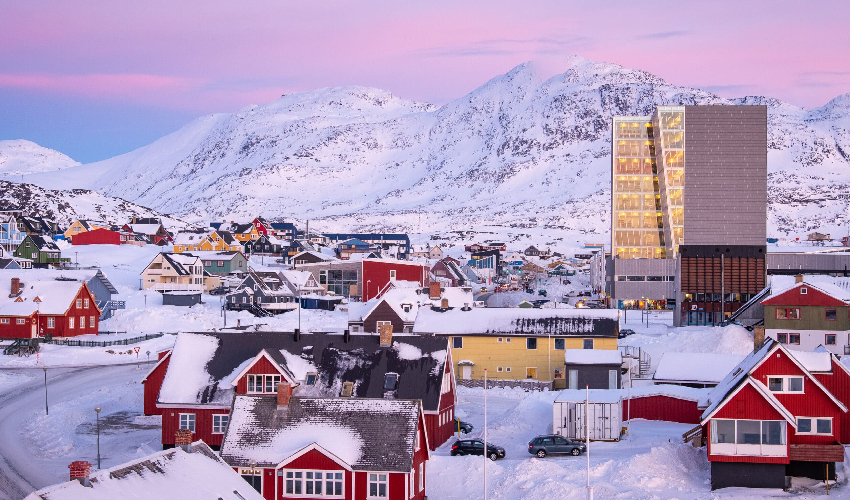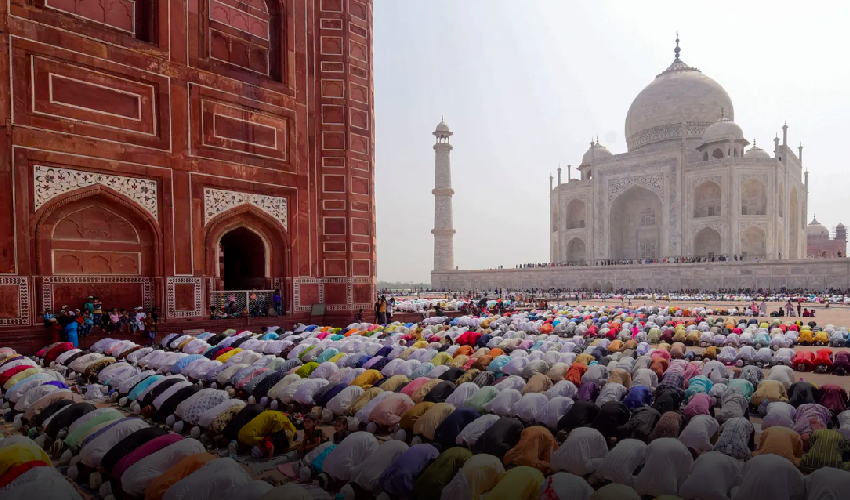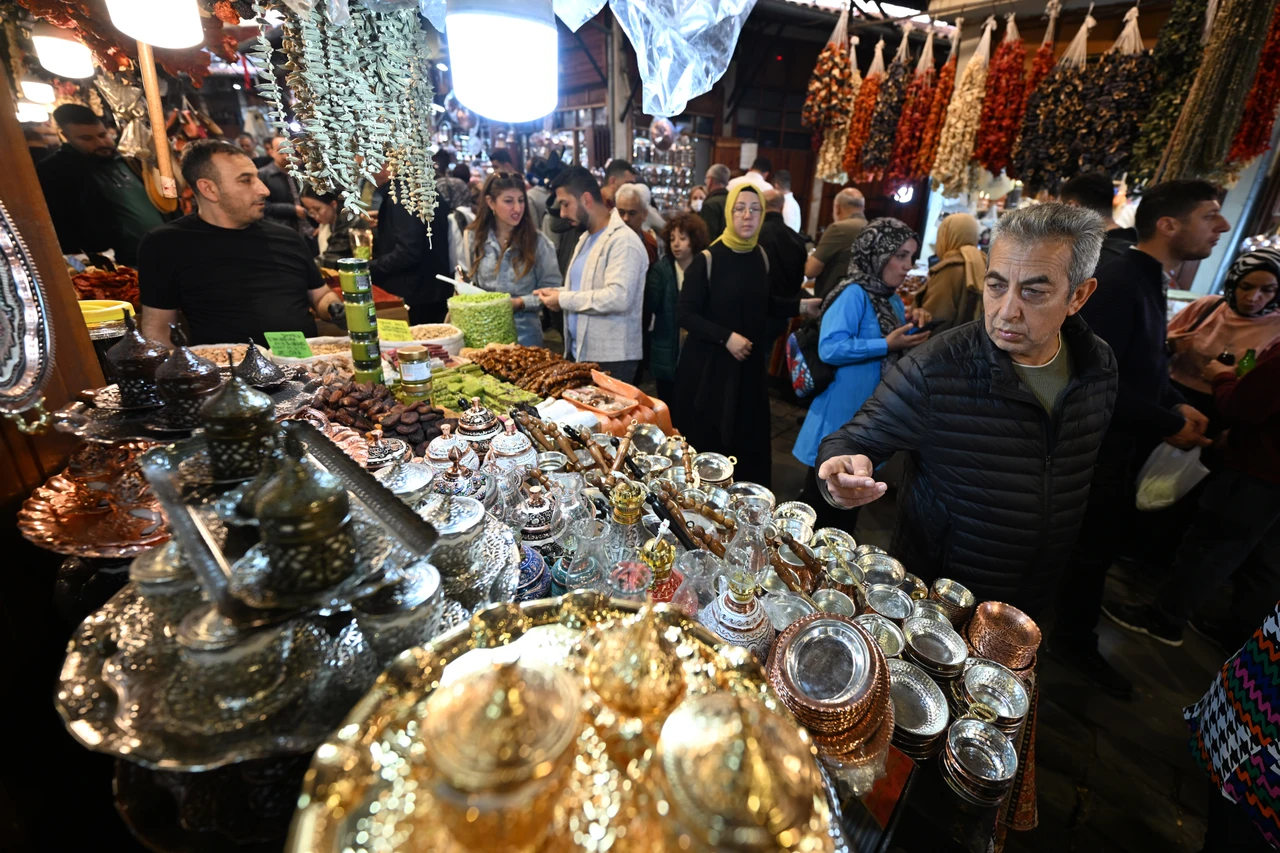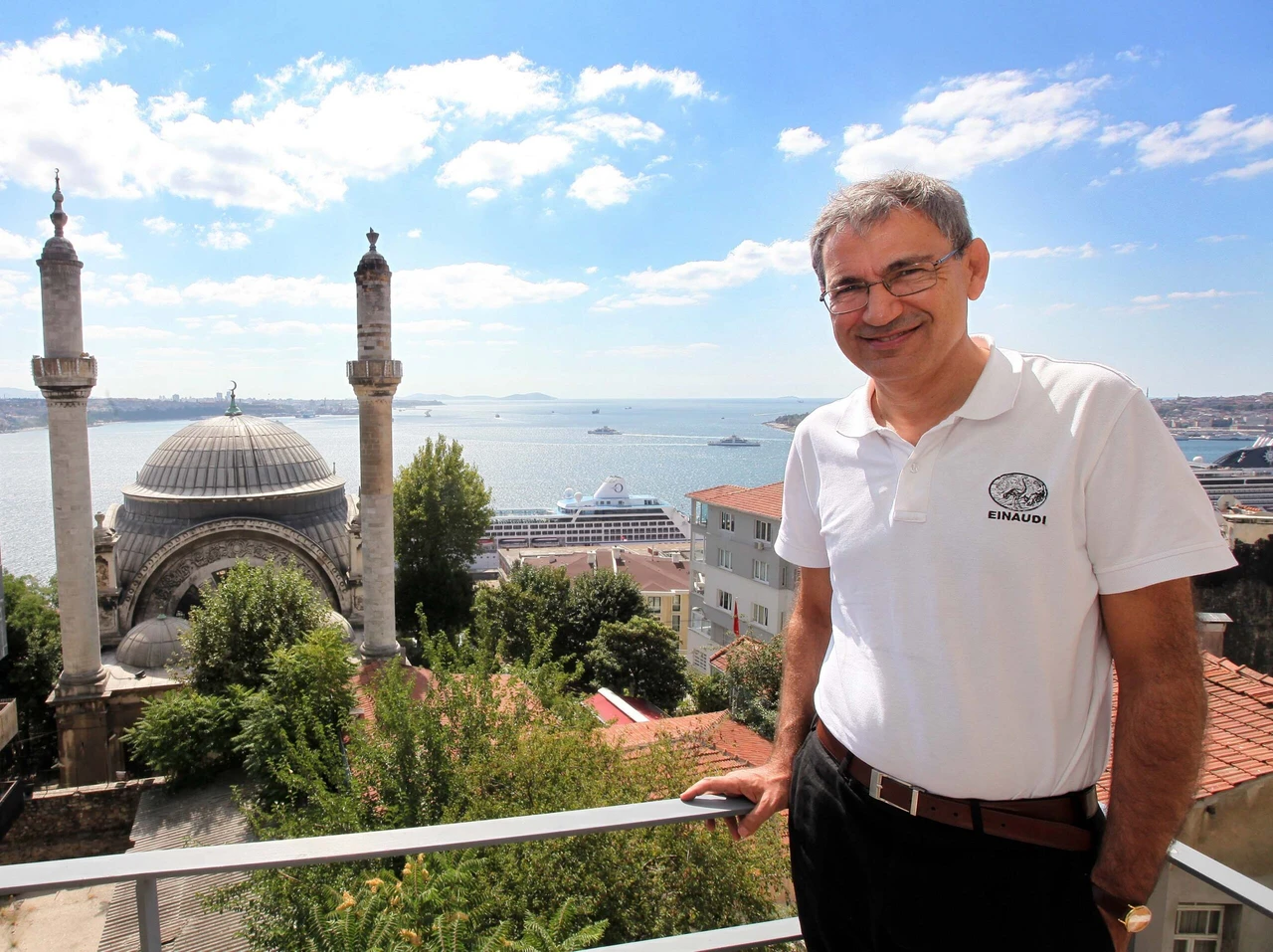Ramadan 2024: All you need to know about ‘month of blessings’
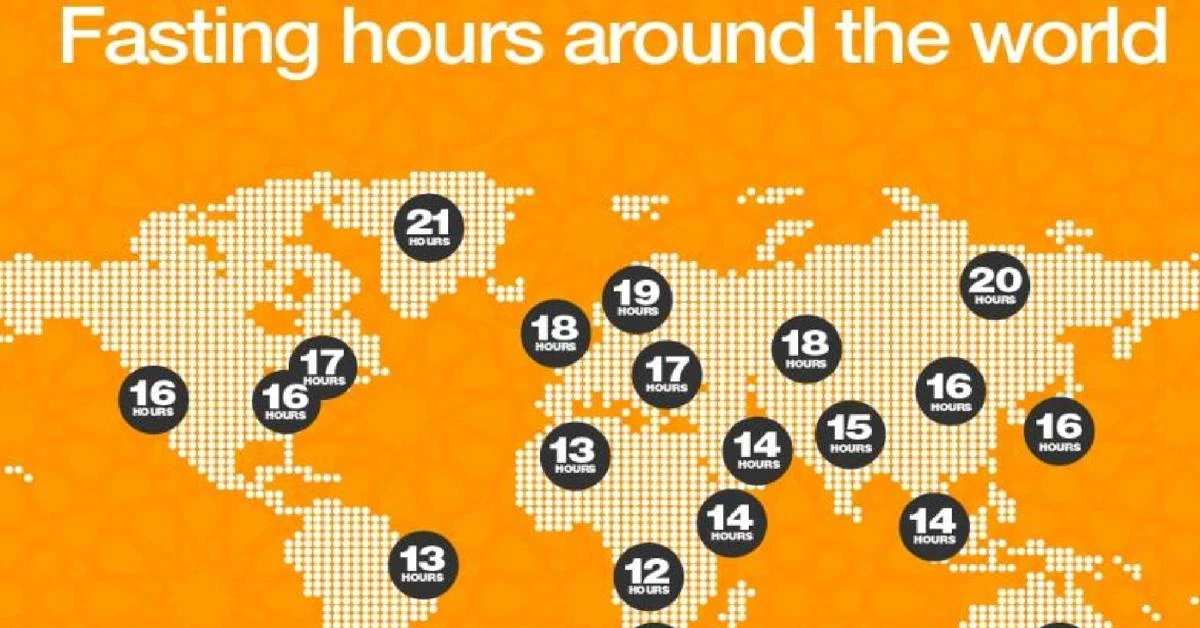
The fasting period from sunrise to sunset ranges from 12 to 17 hours, based on your location around the globe
The Islamic sacred month of Ramadan is set to begin either on Monday, March 11, or Tuesday, March 12, depending upon the observation of the new lunar moon.
The fasting period, from sunrise to sunset, can vary between 12 to 17 hours, depending on the geographical location.
Muslims hold the belief that Ramadan marks the time when the initial passages of the Quran were revealed to the Prophet Muhammad over 1,400 years ago.
Observing the fast involves staying away from consuming food and beverages, smoking and refraining from bad deeds during the daylight hours as means to attain a heightened sense of “taqwa.”
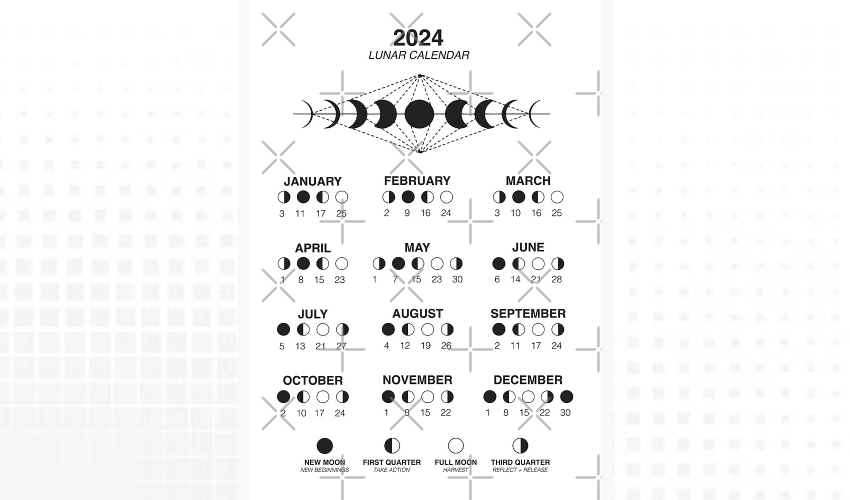
Why does Ramadan start on different dates every year?
Ramadan begins approximately 10 to 12 days earlier annually because of the reliance on the lunar-based Hijri calendar, where months span either 29 or 30 days.
Given the discrepancy of 11 days between the lunar and solar years, Ramadan is slated to occur twice in 2030 – initially beginning on Jan. 5 and subsequently on Dec. 26.
The subsequent instance of Ramadan starting post-March 12 is projected to transpire in 33 years, precisely in the year 2057.
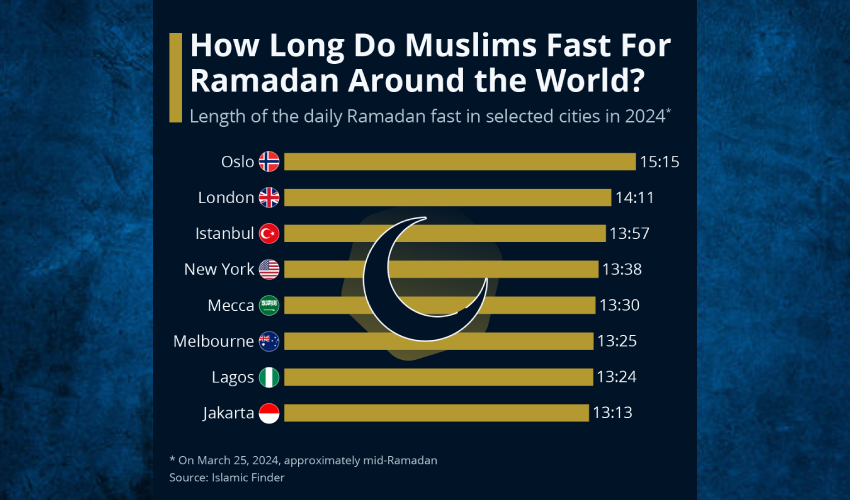
Fasting hours around the world
The duration of daylight varies globally.
Muslims residing in the southernmost regions, like Chile or New Zealand, will fast for around 12 hours, whereas those in the northernmost areas, such as Iceland or Greenland, will endure fasts exceeding 17 hours.
For Muslims in the Northern Hemisphere, fasting hours will be slightly shorter this year and will progressively decrease until 2031, the year when Ramadan aligns with the winter solstice – the year’s shortest day.
Subsequently, fasting hours will lengthen until the summer solstice – the longest day of the year in the Northern Hemisphere.
Conversely, for fasting Muslims south of the equator, the opposite trend will take place.
In extremely northern locales like Longyearbyen in Norway, where the sun remains visible from April 20 to Aug. 22, religious decrees have been issued to adhere to timings in Mecca, Saudi Arabia or the nearest Muslim country.
Cities with longest and shortest fasting hours?
Listed below are the estimated fasting durations in various cities around the world. The actual fasting hours and schedules may vary daily, as they are influenced by diverse calculation techniques and individual circumstances.
– Nuuk, Greenland: 16 hours
– Reykjavik, Iceland: 16 hours
– Helsinki, Finland: 15 hours
– Oslo, Norway: 15 hours
– Glasgow, Scotland: 15 hours
– Berlin, Germany: 15 hours
– Dublin, Ireland: 15 hours
– Moscow, Russia: 15 hours
– Amsterdam, the Netherlands: 15 hours
– Warsaw, Poland: 15 hours
– Astana, Kazakhstan: 15 hours

Cities with shortest fasting hours
– Harare, Zimbabwe: 13 hours
– Jakarta, Indonesia: 13 hours
– Luanda, Angola: 13 hours
– Bangkok, Thailand: 13 hours
– Brasilia, Brazil: 13 hours
– Johannesburg, South Africa: 13 hours
– Montevideo, Uruguay: 13 hours
– Canberra, Australia: 13 hours
– Puerto Montt, Chile: 13 hours
– Christchurch, New Zealand: 13 hours
When is Eid al-Fitr?
After Ramadan, Muslims will observe Eid al-Fitr. Translated from Arabic, the festival is the “celebration of ending the fast.”
Eid al-Fitr, a three-day festival, is anticipated to commence on either April 10 or April 11, depending on the sighting of the moon in the new month.
Source: Newsroom
